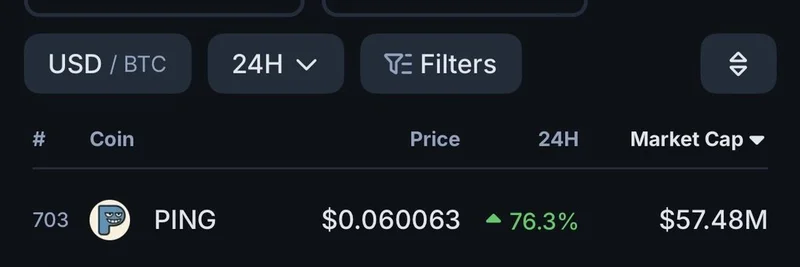In a recent thread on X, Mert from Helius Labs (@0xMert_) dropped some real talk that's shaking up how we think about blockchains. If you're deep into meme tokens, this is crucial because it touches on privacy, verifiability, and the future of trading without getting doxxed by the entire network. Let's break it down simply and see how it applies to the wild world of memes.
The Myth of Transparency in Blockchains
Mert kicks off by calling out what he sees as a big misconception: that blockchains are all about transparency. He argues this was just a story early crypto folks spun to regulators to avoid looking shady. The real heart of blockchain tech? It's about achieving consensus without needing a middleman like a bank. Think of it as a bunch of computers agreeing on who's got what in their wallets, all without trusting a central authority.
This "public verifiability" is key. Back in Bitcoin's early days, Satoshi Nakamoto himself noted in forum posts from 2010 that full transparency was a necessity to prevent issues like double-spending—where someone tries to spend the same coin twice. But tech has evolved, and now we have tools like zero-knowledge proofs (ZK) that let you verify transactions without spilling all the details.
For meme token traders, this is huge. Imagine launching a pump.fun token or sniping a new meme on Solana without everyone seeing your moves in real-time. Transparency might help in high-performance chains like Solana for speed, but Mert says it's more of a bug than a feature in most cases.
The Shift to Encrypted Ledgers
Looking ahead, Mert predicts that within 15 years, most blockchains will encrypt their ledgers by default. We'll laugh at the era of fully public chains where every transaction is out in the open. The exception? High-frequency trading (HFT) setups where speed trumps privacy.
He points to projects like Zcash, which already uses ZK tech for shielded transactions. In replies, others chime in: one user highlights how owning digital assets truly means protecting them with privacy, impossible without blockchain's verifiability.
In the meme space, this could mean safer communities. Meme tokens thrive on hype and virality, but public ledgers expose whales' moves, leading to front-running or copy-trading that kills the fun (and profits). With ZK and fully homomorphic encryption (FHE) advancing, you could prove your holdings or trades without revealing specifics, keeping the meme magic alive while distributing trust evenly.
Replies and Broader Implications
The thread sparked debates. Some agree transparency was oversold for DeFi but argue aggregate data (like total volumes) can stay public while individual actions go private—mirroring traditional markets or even voting systems.
Others, like from Dusk Foundation, shout out their shielded transfers already live on mainnet, with more coming for RWAs (real-world assets). And yeah, there's the usual crypto banter: one reply jokes the point is "crime," while Mert fires back with a meme about chugging beers for inspiration.
For blockchain practitioners chasing meme tokens, this evolution means better tools for privacy-focused launches. Chains like Solana might stick to transparency for performance, but hybrids could emerge where meme devs opt for encrypted modes to protect early holders.
Why This Matters for Meme Insiders
At Meme Insider, we're all about demystifying the tech behind your favorite memes. As ZK tech matures, expect meme ecosystems to get more sophisticated—think private pumps, verifiable airdrops without leaks, and communities where trust is distributed, not doxxed.
If you're building or trading memes, keep an eye on projects pushing privacy. It's not just about hiding; it's about verifying without overexposing, making the space fairer for everyone. Check out the original thread for the full discussion and join the conversation.
Stay tuned for more insights on how tech like this shapes the next wave of meme tokens. What's your take—transparency forever or privacy first?


